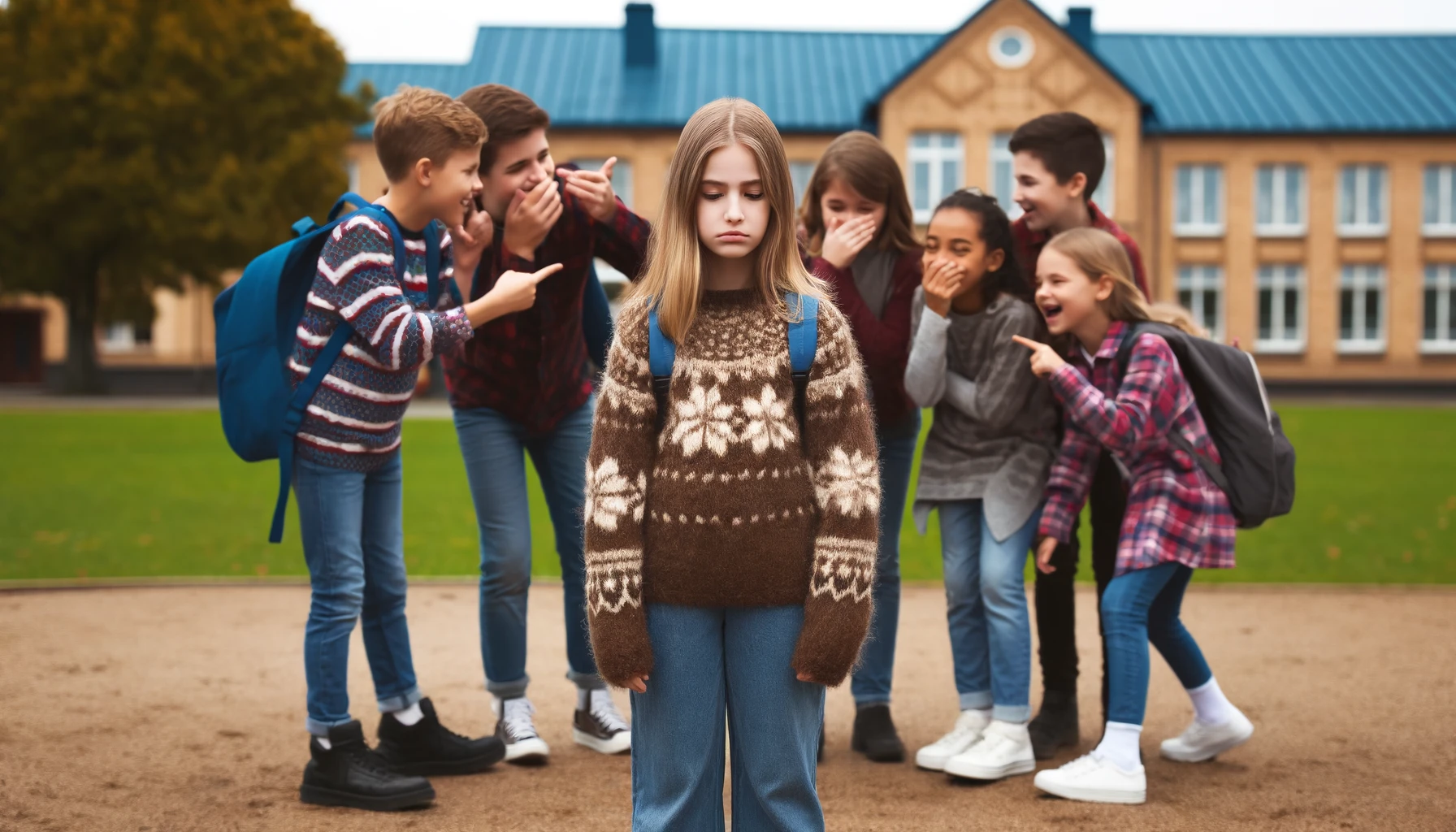
DALL-E
Peer pressure can significantly impact a child’s fashion choices. In today’s fast-paced world, where trends change almost overnight, what your child decides to wear can often be influenced by their friends and social media. Here are 13 items your child is likely to avoid wearing due to peer pressure.
1. Unbranded Sneakers
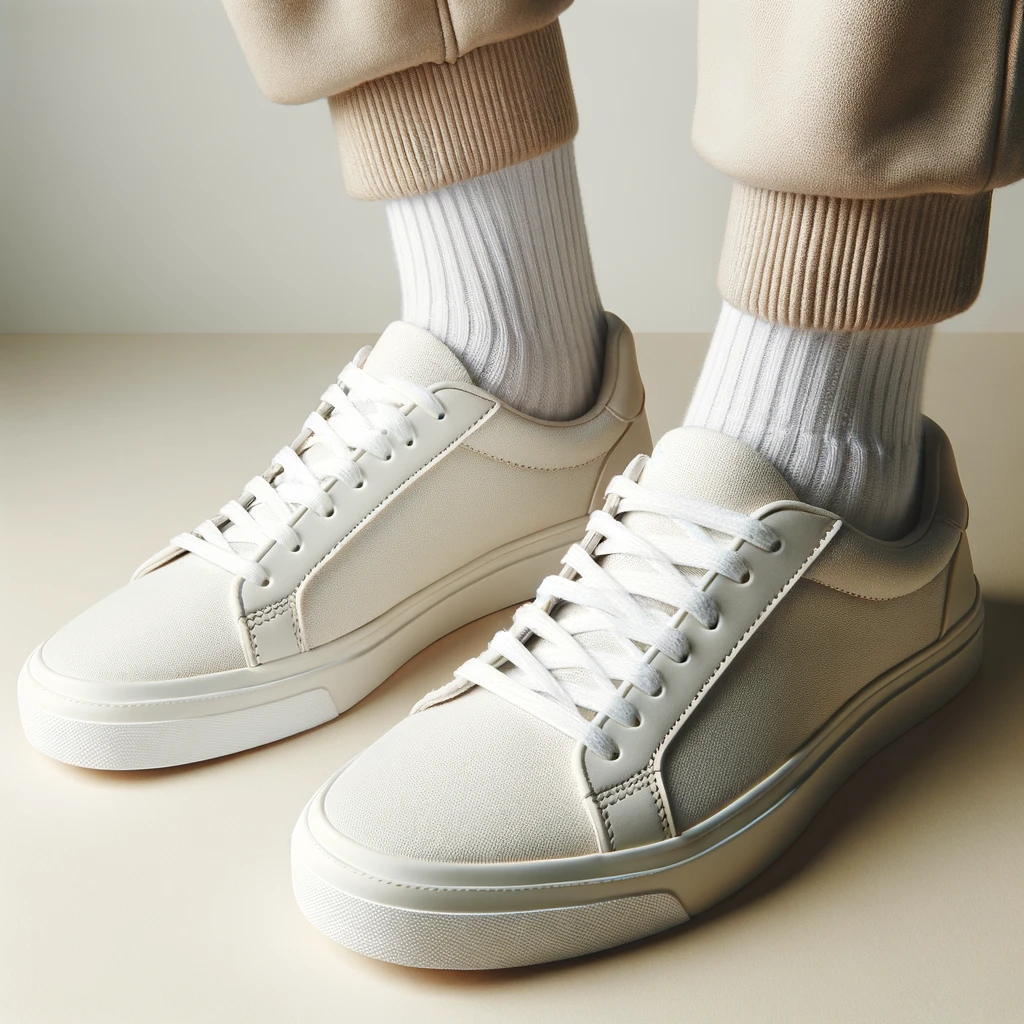
DALL-E
In a world dominated by brand consciousness, unbranded sneakers often fall by the wayside. Children and teenagers today are highly influenced by what brands their peers are wearing. Sporting a pair of unbranded sneakers can sometimes be seen as a social faux pas. Kids often fear that wearing such items might make them the target of jokes or ridicule. This pressure to conform means that even if the sneakers are comfortable and practical, they might still gather dust. The fear of being labeled as uncool can lead children to avoid these items altogether.
2. Cartoon-themed Clothes
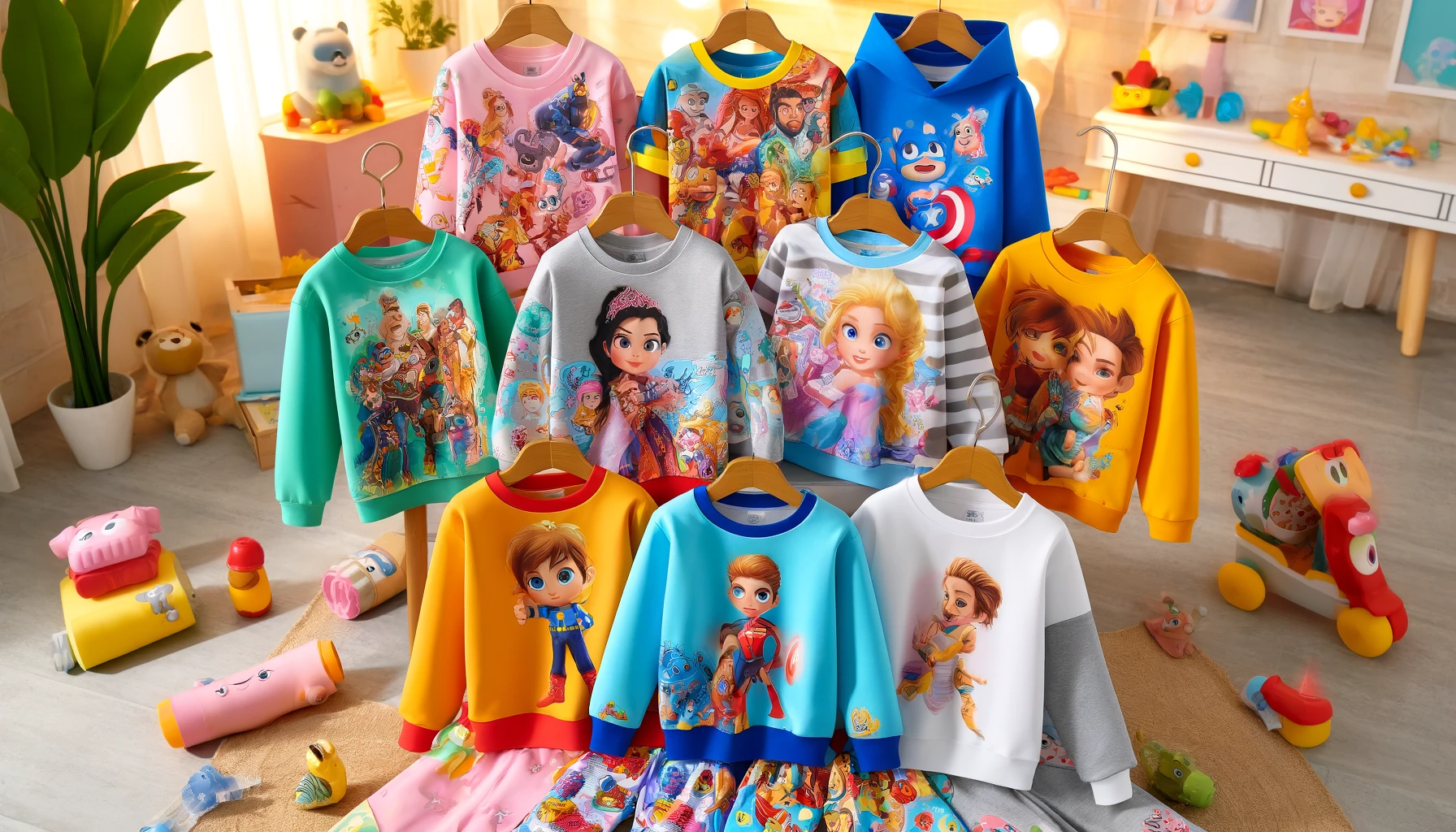
DALL-E
Once children hit a certain age, cartoon-themed clothing becomes a major no-go. While younger kids might adore their favorite characters on their shirts, older kids often see this as babyish. Peer pressure plays a big role here, as wearing such items can lead to teasing. The shift from loving cartoons to seeking more mature styles is heavily influenced by wanting to fit in. Children might still enjoy these characters in private but will avoid wearing them publicly. This transition marks a significant change in how kids express themselves through fashion.
3. Hand-me-downs
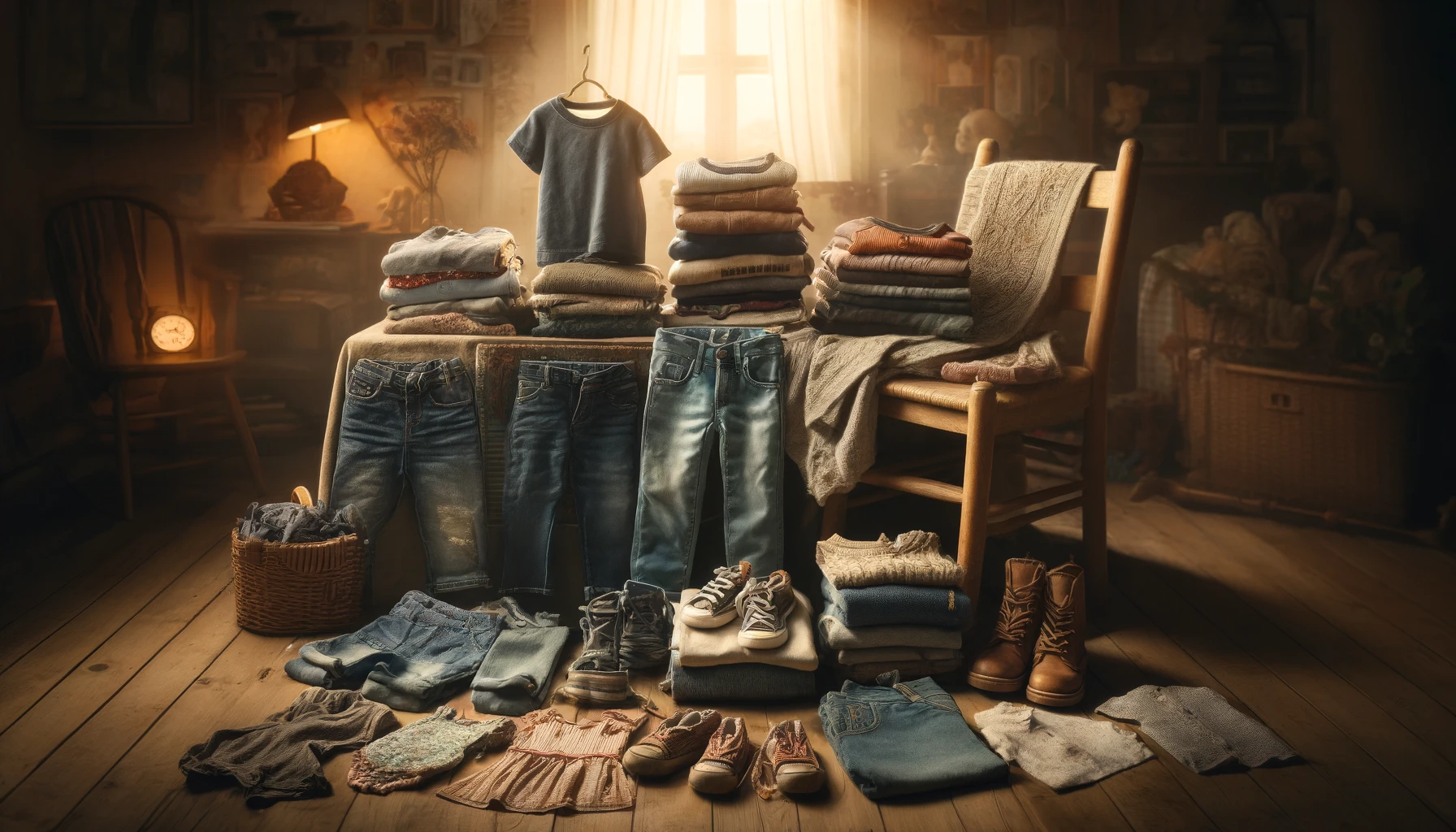
DALL-E
Hand-me-downs used to be a practical solution for growing kids, but now, they can be a source of embarrassment. In the age of fast fashion, the idea of wearing second-hand clothes can make children feel out of place. Peer pressure to wear the latest trends makes hand-me-downs less appealing. Even if the clothes are in great condition, kids might resist wearing them due to fear of judgment. The desire to appear affluent or at least on par with their peers drives this avoidance. As a result, many perfectly good clothes are left unworn.
4. Homemade Clothes
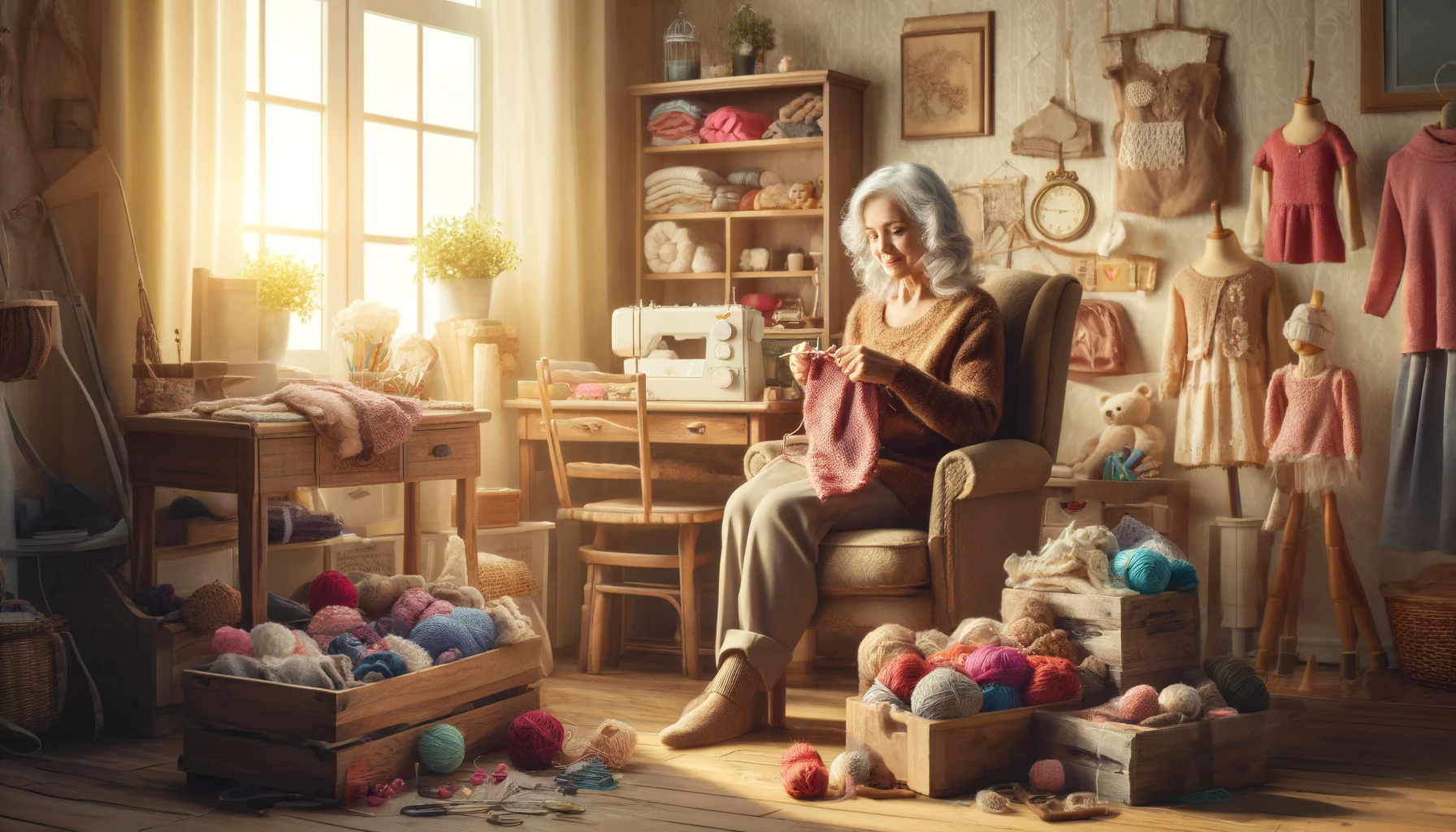
DALL-E
While homemade clothes can be unique and well-made, they often don’t stand a chance against store-bought brands. The idea of wearing something homemade can make children feel different from their peers. In a world where fitting in is crucial, standing out with homemade clothes can be daunting. Peer pressure can make kids prefer mass-produced, branded items over something their parents made with love. The fear of being seen as uncool or outdated plays a big role here. Thus, homemade clothes often get pushed to the back of the closet.
5. Non-logo Apparel
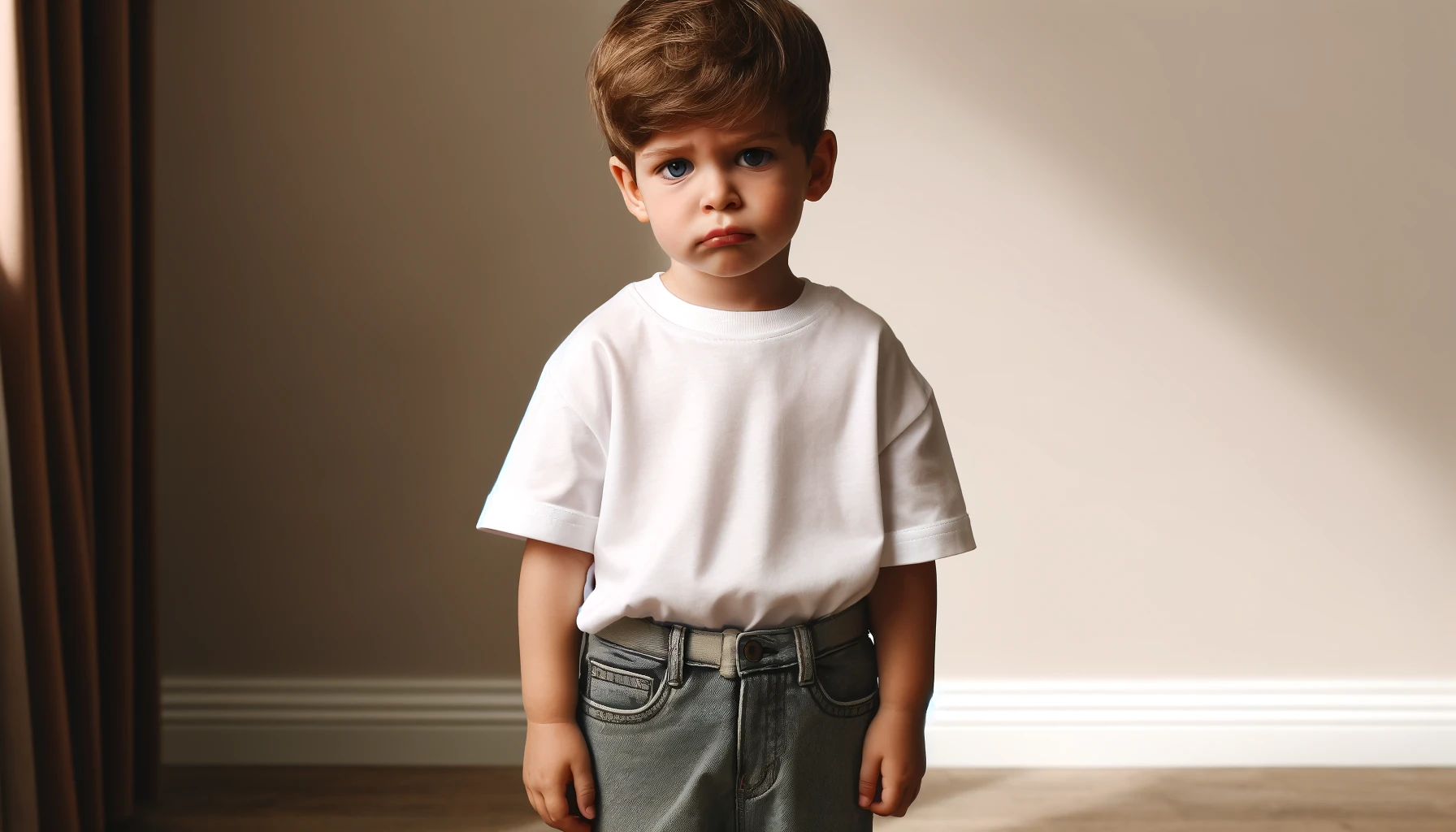
DALL-E
In a society obsessed with logos and branding, wearing non-logo apparel can make kids feel invisible. Logos are often seen as a status symbol among children and teenagers. Not having a recognizable brand on their clothes can make them feel less accepted by their peers. This peer pressure can lead to a preference for branded items, even if non-logo apparel is just as stylish. The need to fit in and be recognized drives this behavior. Consequently, non-logo apparel is often left unworn.
6. “Outdated” Trends
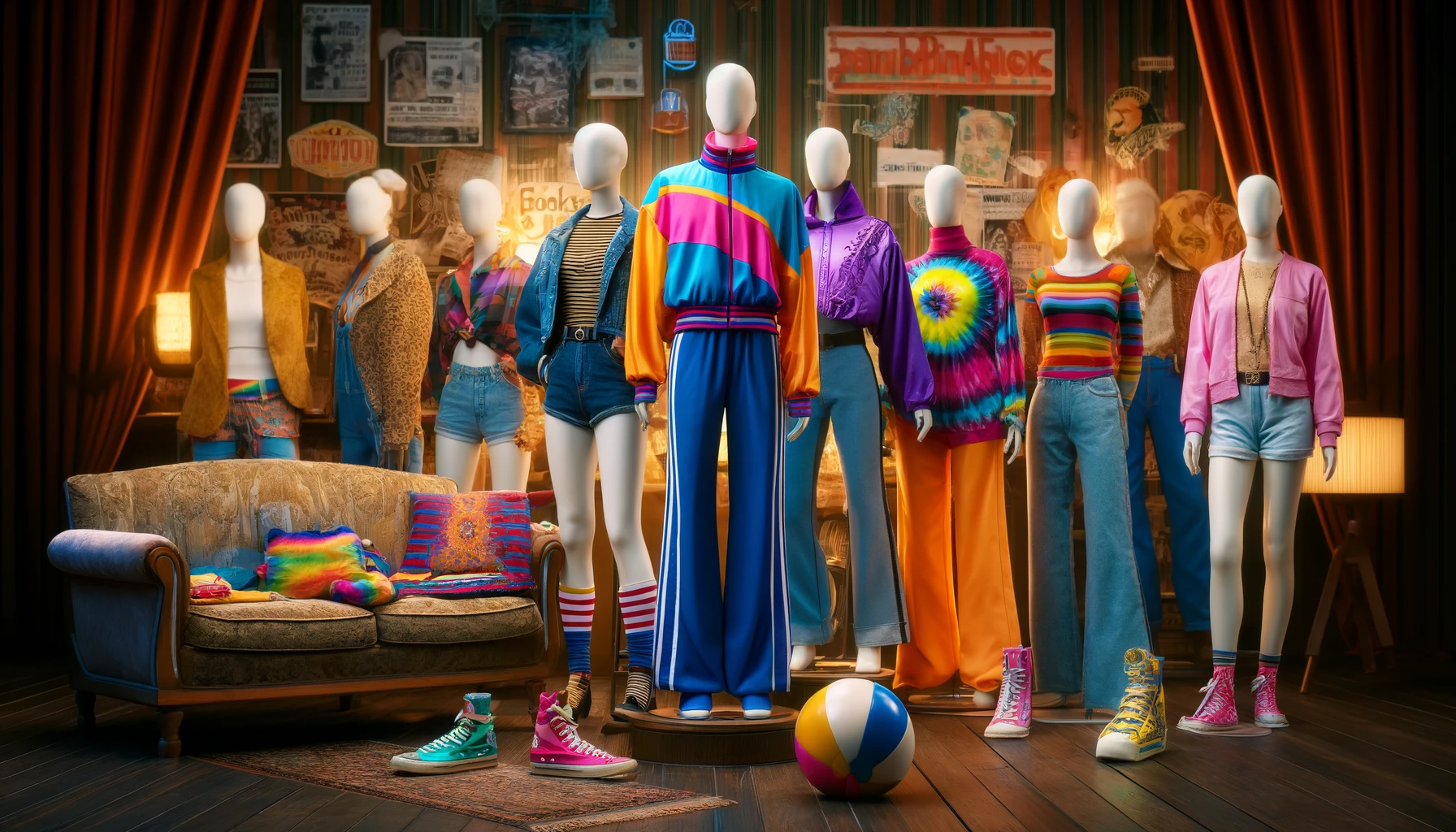
DALL-E
Fashion is ever evolving, and what was trendy last year might be outdated today. Children are highly aware of current trends and are quick to ditch anything perceived as outdated. Peer pressure to stay current can make kids avoid wearing last season’s styles. The fear of being seen as out of touch with the latest fashion can be overwhelming. Even if they once loved these items, the need to conform takes precedence. This results in a constant cycle of updating wardrobes to keep up with trends.
7. Bright Colors
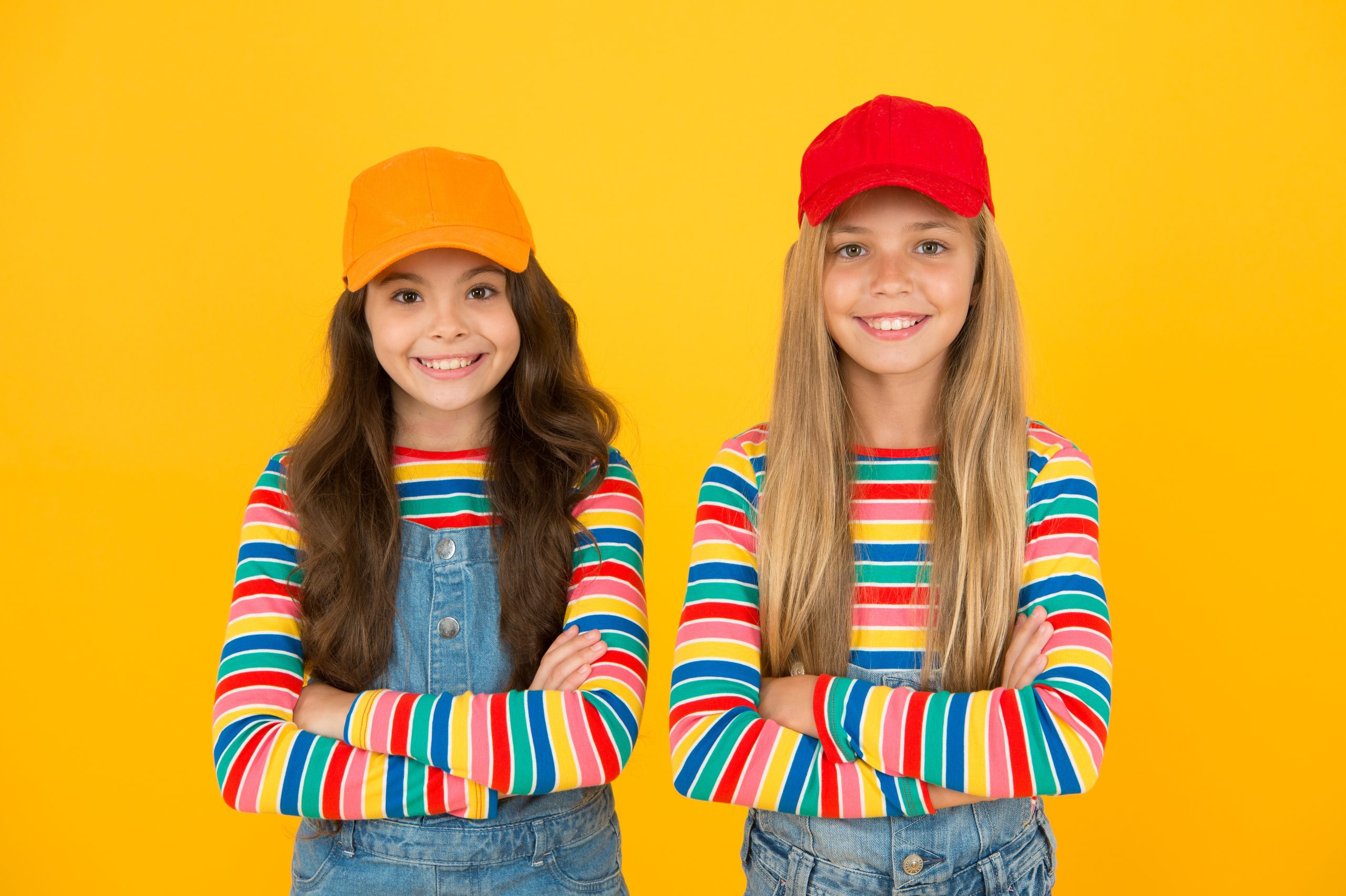
123rf
While bright colors can be fun and expressive, they often fall victim to peer pressure. Children might avoid wearing bold hues to blend in with their friends. Neutral and muted colors are often seen as more mature and stylish. The fear of standing out too much can deter kids from choosing bright colors. Peer pressure to conform to a certain look or style can make these items less appealing. Despite their potential to brighten up an outfit, bright colors often remain unworn.
8. Hats
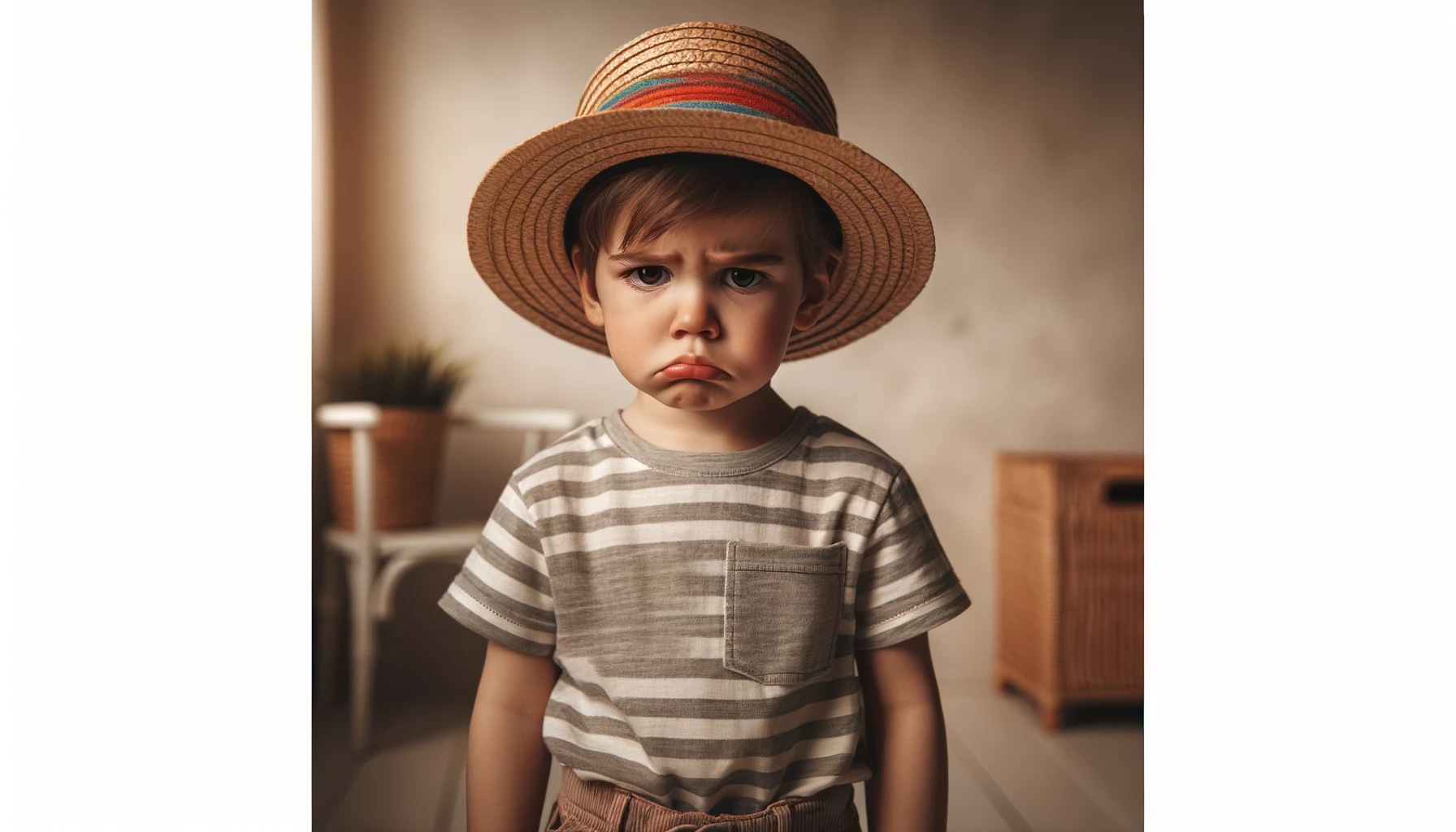
DALL-E
Hats can be a stylish accessory, but they often get sidelined due to peer pressure. Children might fear that wearing a hat will make them look different or draw unwanted attention. Peer influence can make hats seem uncool or unnecessary. Even if a hat completes an outfit or provides practical benefits, it might still be avoided. The desire to fit in and avoid standing out leads to hats being left at home. This reluctance means that many hats never see the light of day.
9. Formal Wear
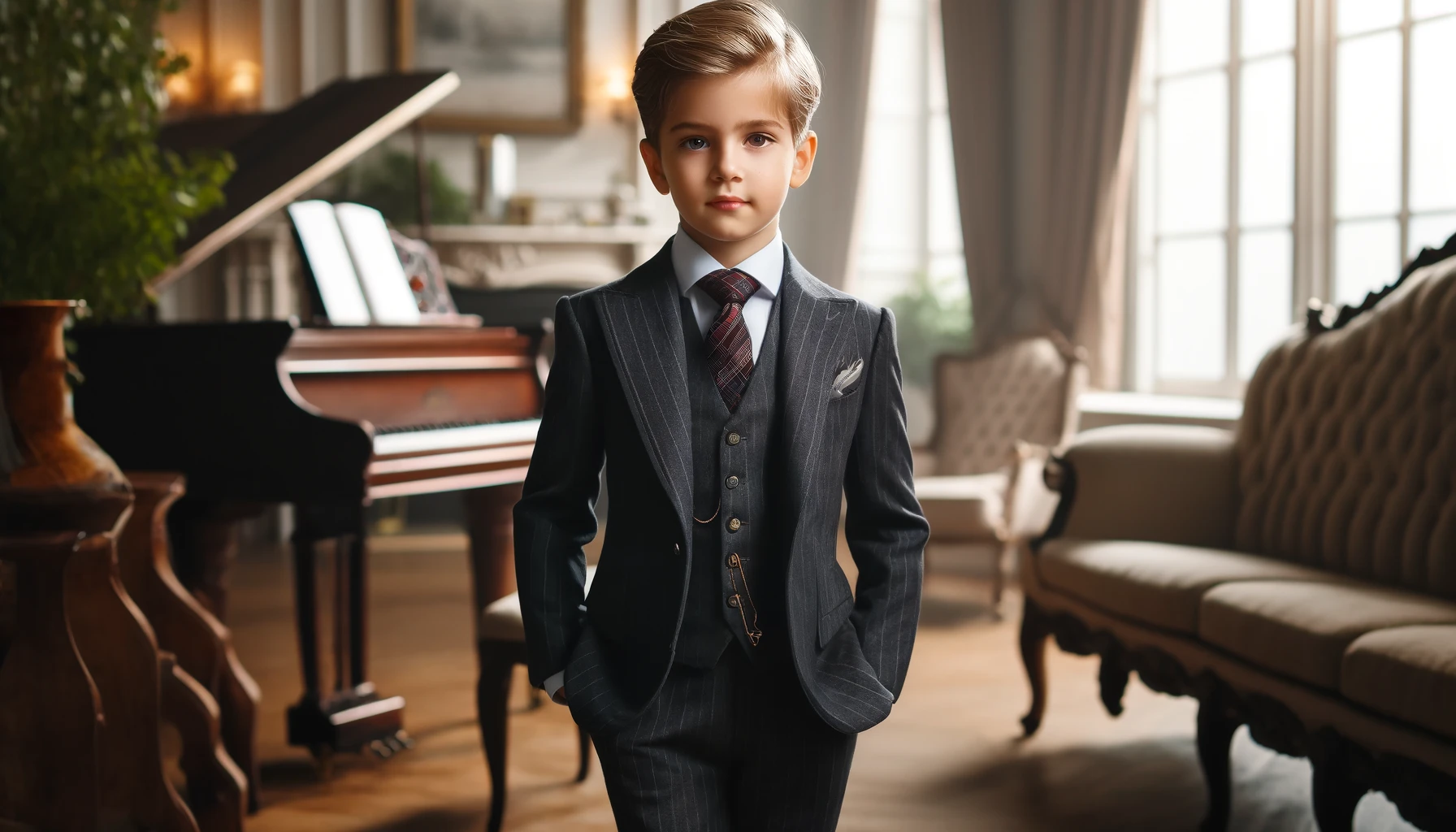
DALL-E
Formal wear is often reserved for special occasions, but even then, children might resist wearing it. The pressure to look casual and relaxed can make formal attire seem out of place. Peer influence can make kids prefer more laid-back styles, even at formal events. The fear of being overdressed or looking too serious can deter them from choosing formal wear. Despite its appropriateness for certain occasions, formal wear often gets sidelined. This results in children opting for more casual alternatives.
10. Heavy Coats
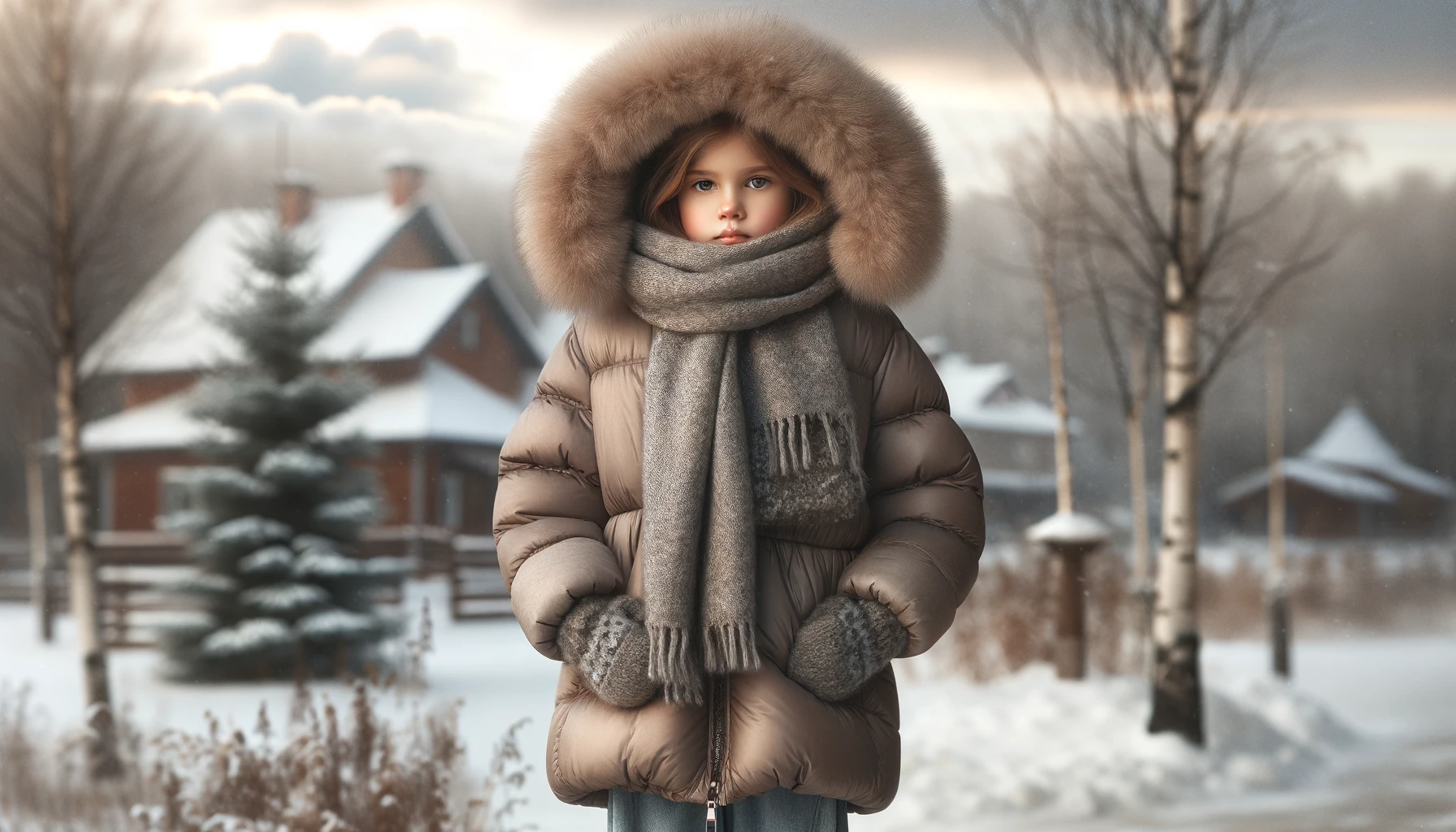
DALL-E
While heavy coats are essential for cold weather, they often fall out of favor with kids. The pressure to look stylish can make bulky coats seem unattractive. Children might prefer lighter jackets, even if they don’t provide as much warmth. Peer influence to prioritize fashion over function can lead to resistance against wearing heavy coats. The fear of looking unfashionable can outweigh the need for warmth. Consequently, heavy coats might remain unworn during colder months.
11. Certain Accessories
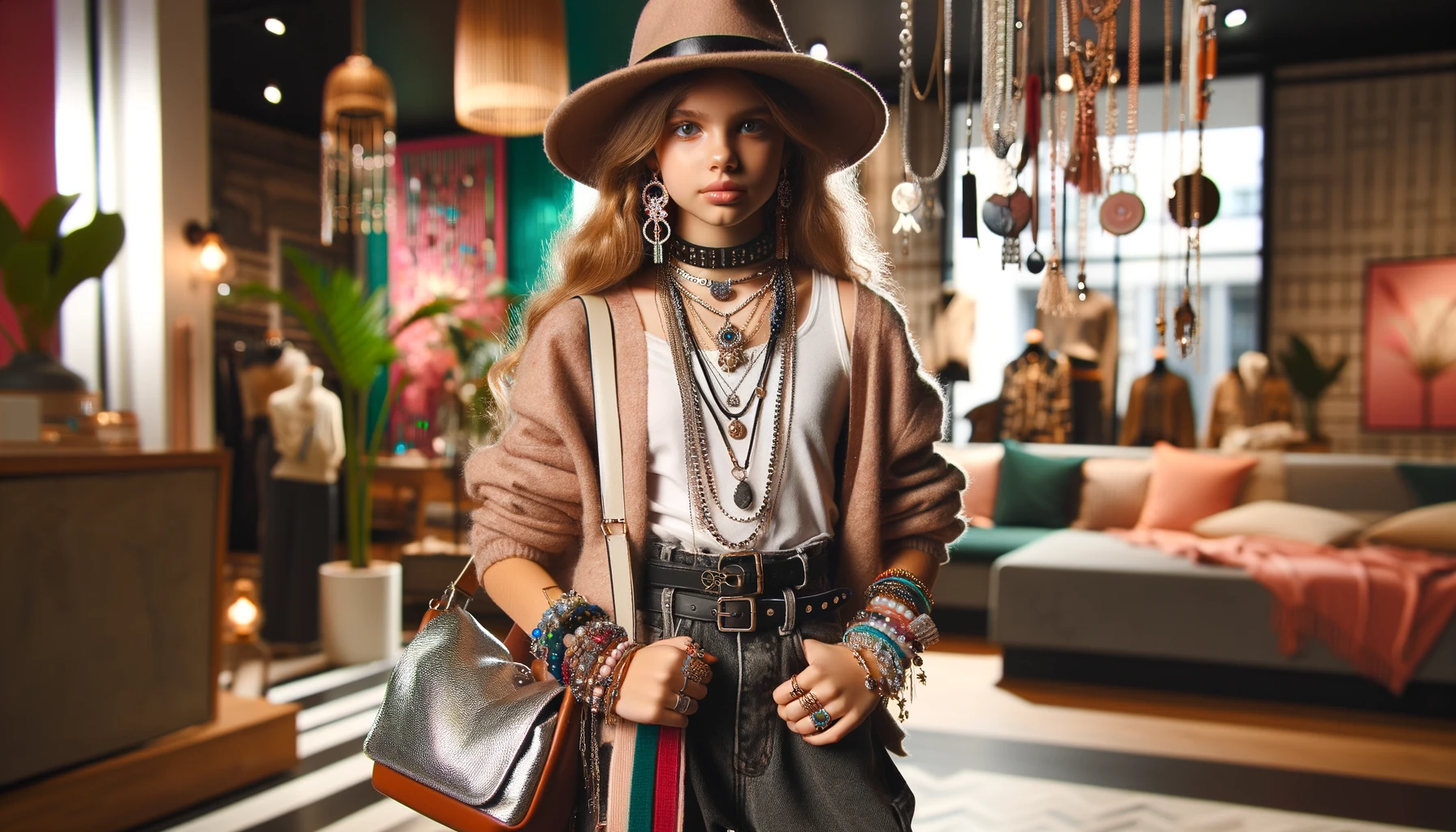
DALL-E
Accessories like scarves, belts, or jewelry can be hit or miss due to peer pressure. Children might avoid certain accessories if they feel they don’t fit in with their friends’ style. The pressure to conform to a particular look can make these items less appealing. Even if an accessory adds to an outfit, it might be left behind due to fear of judgment. The need to blend in can lead to a simpler, more uniform style. This results in many accessories being left unworn.
12. Traditional Clothing
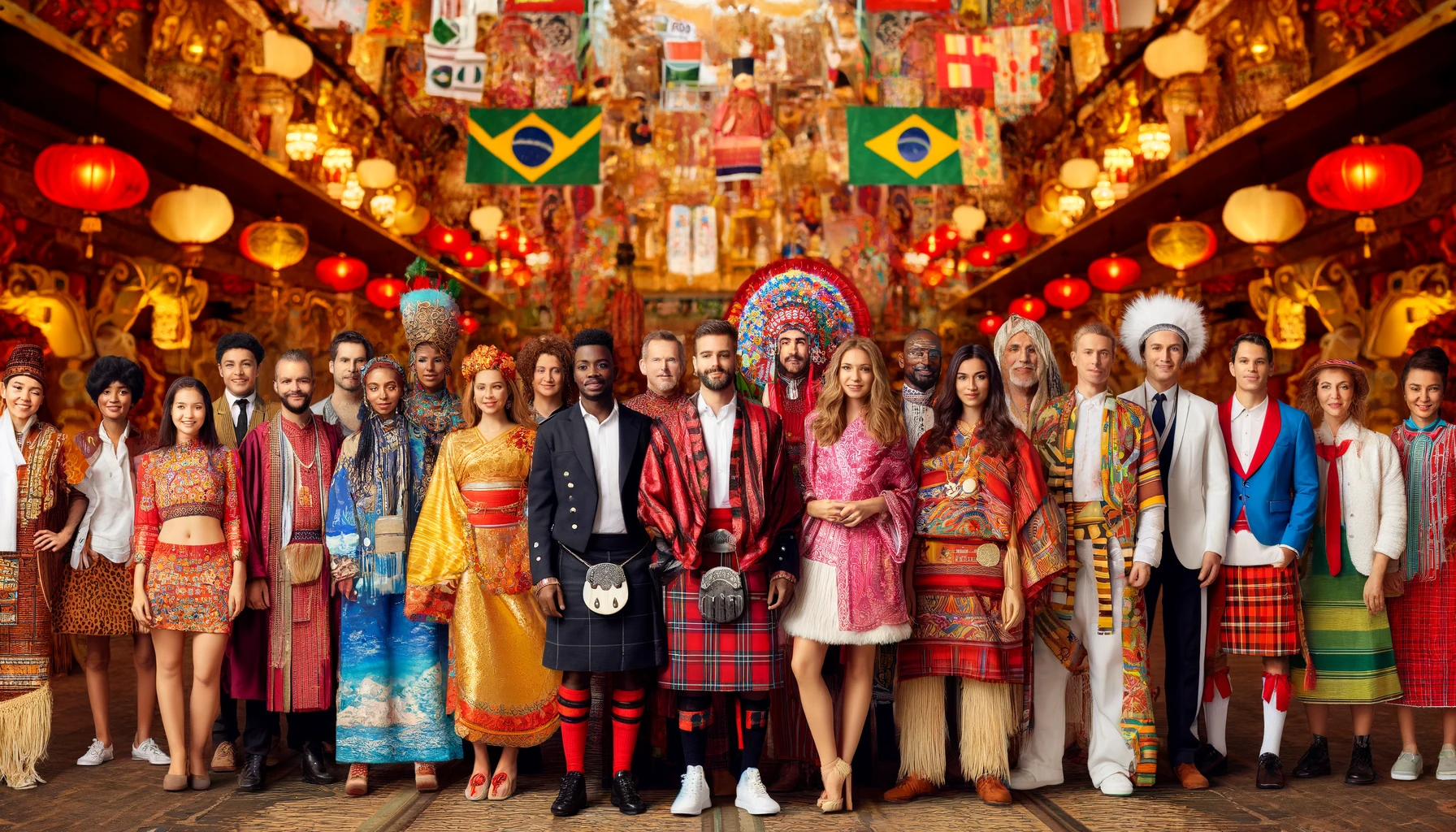
DALL-E
Traditional or cultural clothing can often be avoided due to peer pressure. Children might fear that wearing such items will make them stand out too much. The pressure to look like their peers can make traditional attire seem undesirable. Even if they take pride in their heritage, the need to fit in can take precedence. Peer influence can make kids prefer more mainstream fashion choices. As a result, traditional clothing might be reserved for special occasions or not worn at all.
13. Unique Styles
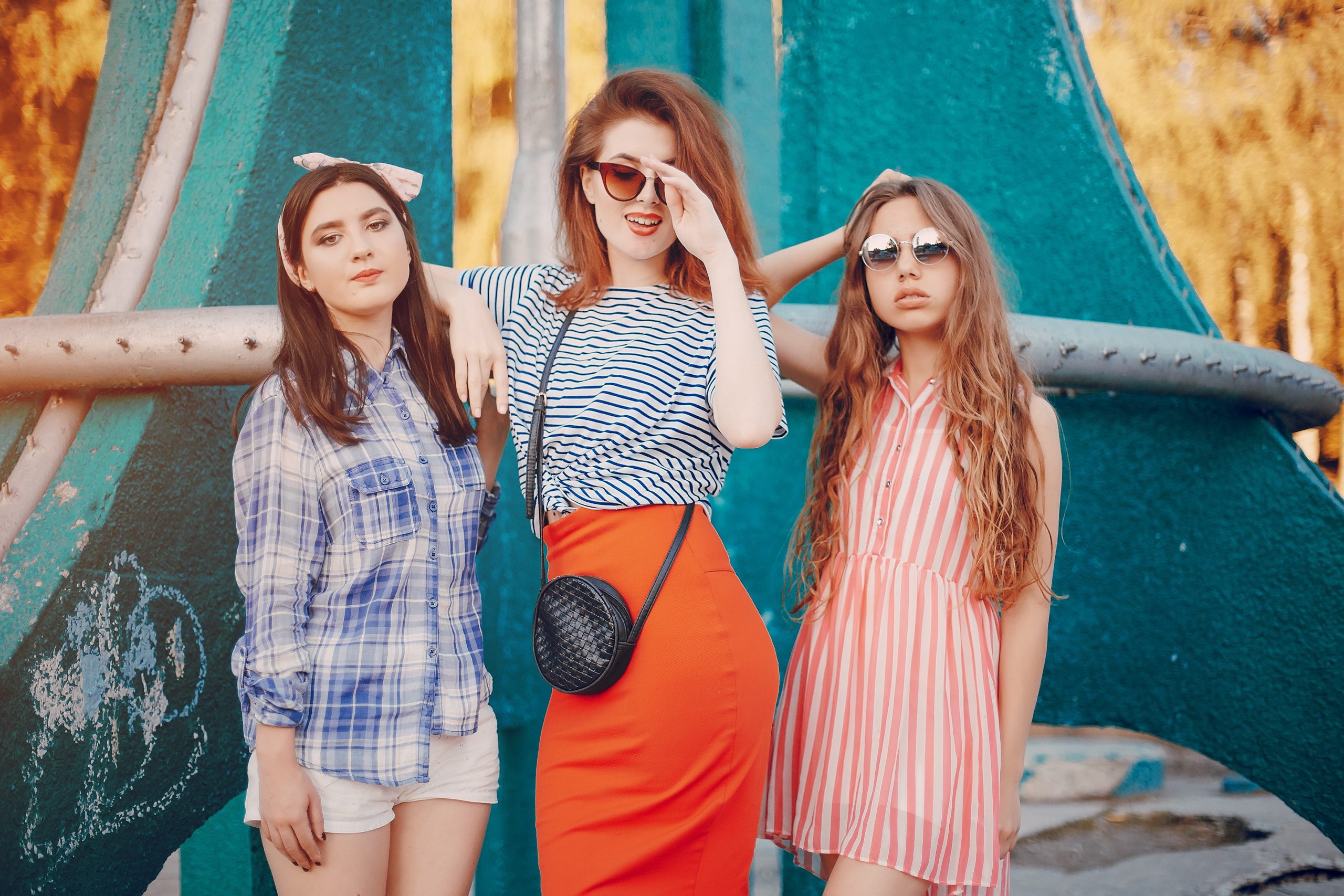
123rf
Children often shy away from unique or unconventional styles due to peer pressure. The desire to fit in can make them avoid anything that seems too different. Peer influence can push them towards more mainstream fashion choices. Even if they have a unique sense of style, the fear of standing out can deter them. The pressure to conform can stifle their creativity and self-expression. This leads to unique styles being overlooked in favor of more common trends.
Navigating Peer Pressure in Children’s Fashion Choices
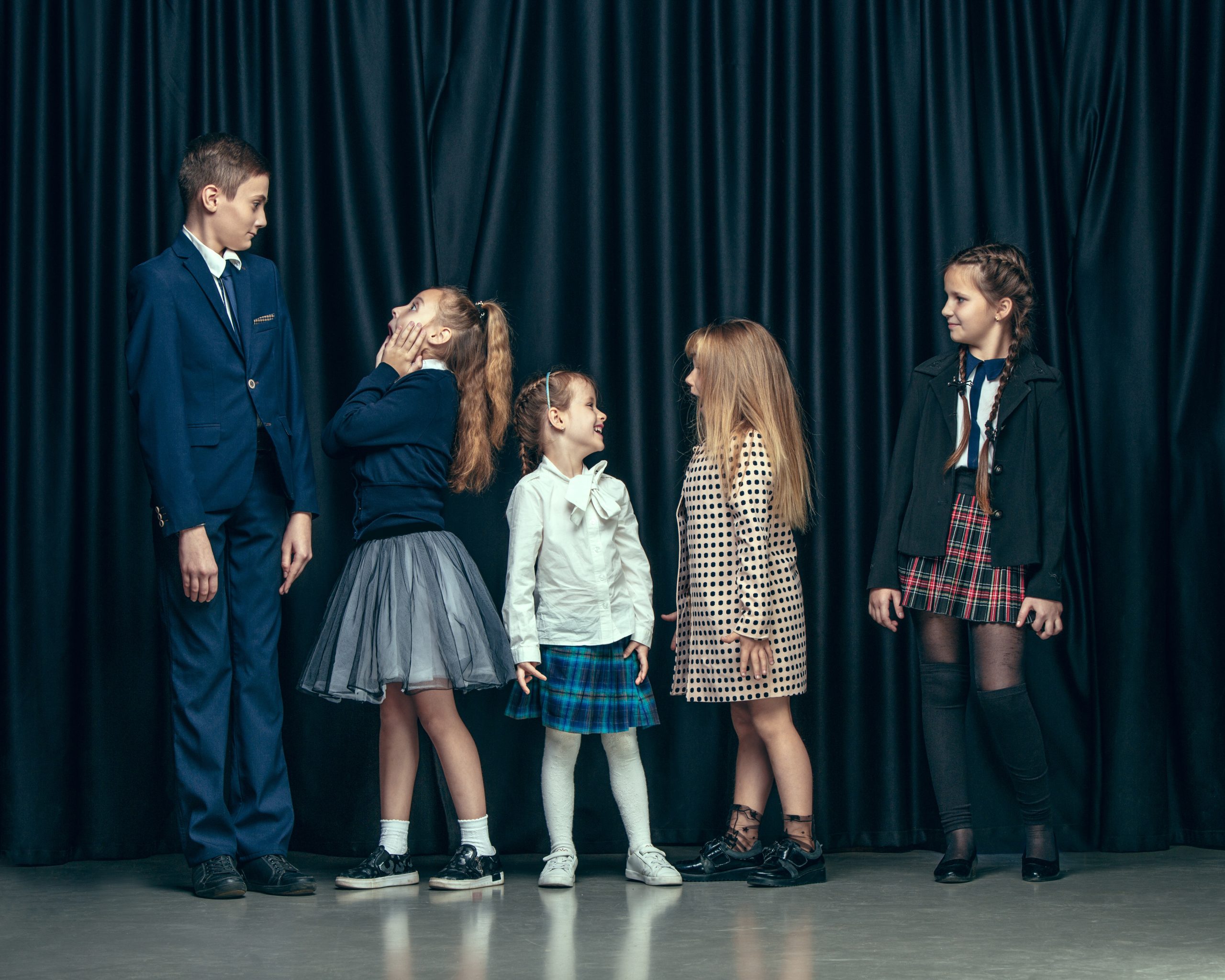
123rf
Peer pressure has a profound impact on children’s fashion choices. From unbranded sneakers to traditional clothing, many items remain unworn due to the desire to fit in. Understanding this dynamic can help parents support their children’s individuality while navigating the challenges of growing up in a trend-driven world.

Latrice is a dedicated professional with a rich background in social work, complemented by an Associate Degree in the field. Her journey has been uniquely shaped by the rewarding experience of being a stay-at-home mom to her two children, aged 13 and 5. This role has not only been a testament to her commitment to family but has also provided her with invaluable life lessons and insights.
As a mother, Latrice has embraced the opportunity to educate her children on essential life skills, with a special focus on financial literacy, the nuances of life, and the importance of inner peace.